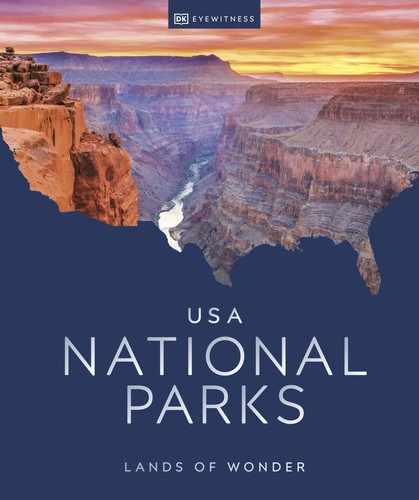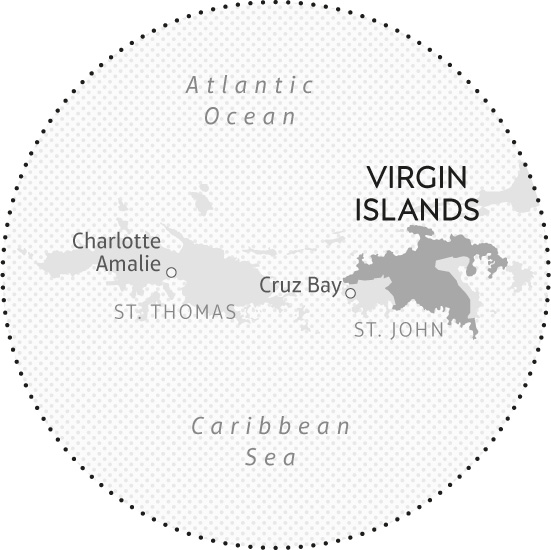
St. John, US Virgin Islands
VIRGIN ISLANDS
ESTABLISHED 1956
On the island of St. John, teal-blue waters dotted with vibrant coral reefs lap against powdery beaches, while farther inland, lush rain forests flourish under the tropical sun. Nestled among all this beauty are historic sites that tell the centuries-old stories of those who have called this idyll home.
Beautiful, blissful scenes of Eden-like beaches are everywhere you look on the island of St. John, where the only thing more magical than the views is the luxurious feeling of slipping into the blue warmth of the Caribbean Sea. Swimming and snorkeling off fine-sand beaches, hiking forested mountainsides, and immersing in the unique culture that is the US Virgin Islands are just a few of the pleasures of this island park.
Storied past
For more than 3,000 years, humans have lived on St. John—for centuries, they clustered in small villages, practicing local customs and looking to their gods to bless the harvests. Christopher Columbus’s arrival in 1493 put a swift end to that way of life. His tales of the fabled “emerald isles” sparked the interest of European colonizers, changing the island forever. The land would pass hands between many nations, all eager to profit from sugarcane and cotton, lucrative cash crops that grew readily on the island. St. John eventually became part of the Danish West Indies. Native vegetation was wiped out to make way for sugar plantations, with enslaved Africans and their descendants laboring on the land. After emancipation, plantation farming waned. Reforestation, with native and non-native plants, began, and today vegetation is largely secondary forest. The US purchased St. John in 1917.
FLORA AND FAUNA
Sea Turtles
Green, hawksbill, and leatherback sea turtles inhabit the waters of St. John. The green turtle is the most common, and they nest between June and September.

Ways to Explore

Scuba dive ▷ Head to Eagles Shoals, between Ram Head and Luduck Island, to explore underwater tunnels, caves, and arches—the habitat of coral, sea sponge, and schools of colorful fish, such as the French angelfish.
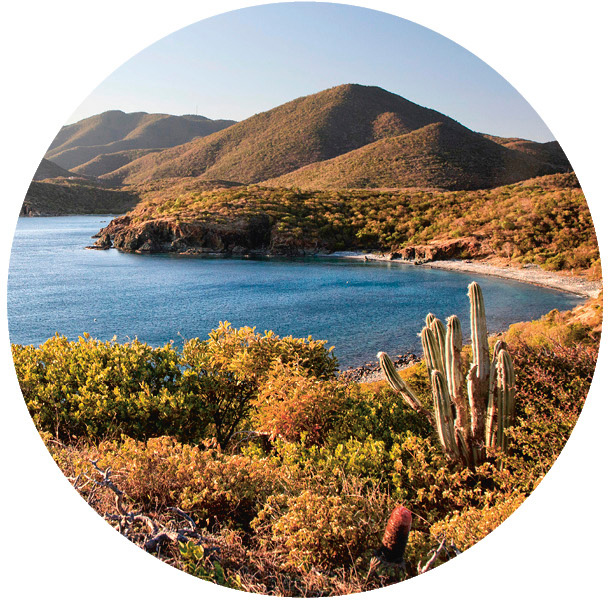
Hike ▷ The Ram’s Head Trail, a craggy 1-mile (1.6-km) path, leads you to a mountaintop that offers panoramic views of Santa Cruz Bay. Along the trail, you’ll pass through landscape teeming with curious-looking insects and small wildlife.
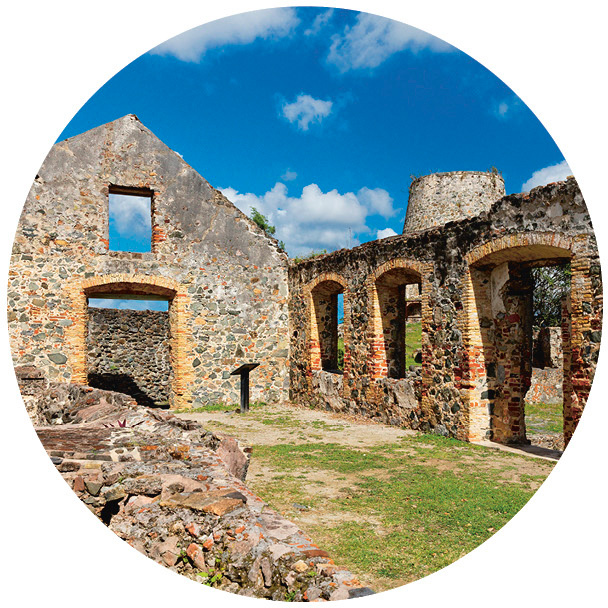
Investigate ▷ The ruins at the Annaberg Plantation tell the story of plantation life, with a windmill tower, factory, and slave quarters. The buildings stand facing out to sea on what is the highest point on the island.
Sporting life
Today, tourism is the main industry on St. John. The island is just 9 miles (14 km) long and is the smallest and most unspoiled of the three best-known US Virgin Islands. About two-thirds of the land is federally protected, not counting the thousands of acres beneath the sea.
Like many island chains near coastal mainlands, St. John is a haven for mariners and island hoppers who find respite on the tranquil utopia. Basking in the sun, lying on the sand, and swimming in the sea are everyday pastimes here. Beyond the water, multisport activities lure visitors who want to break a sweat before splashing in water that’s so warm it feels like bathwater. Bays are brimming with watersports—sailing, windsurfing, kayaking, and stand-up paddle boarding. Scuba divers and snorkelers enter the magical undersea world, sometimes passing by preserved shipwrecks from generations past. Majestic sea turtles glide up to the surface as sunlight pierces the blue, illuminating the graceful creatures to the delight of underwater explorers.

Diverse plant life includes seagrass beds, algal plains, and, seen in the distance, forests
BEST FOR
Snorkeling
The island of St. John is world-renowned for snorkeling, and the best spots fall within the park. At Salt Pond, powdered sandy shores give way to pristine coral reefs where tropical fish and stingrays make their home.
Winding trails
With the island containing just a few roads, it is very hard to get lost here. Twenty hiking trails in the park traverse the hillsides, ascending to viewpoints overlooking Santa Cruz Bay, with its coral and pristine beaches. Along the way, tropical insects and lizards may well skitter alongside you. The life-affirming combination of bewitching scenery, the caws of soaring birds, and year-round sunshine make trail-wandering a euphoric experience.

Trunk Bay looks serene and peaceful as the rising sun backlights cloud cover
A step back in time
In the midst of this abundant nature are artworks and architectural ruins that speak to us of those who came before. The Petroglyph Trail displays rock carvings by the pre-Columbian Taino people. South of Mary Point lie the ruins of Annaberg Sugar Plantation. Visitors learn about 18th- and 19th-century plantation life on a self-guided tour that includes a sampling of “Dumb Bread”—a rich round loaf named for the way it’s made. “Dumb” is derived from the Indian word “dum,” a style of baking brought here by the indentured workers who replaced freed slaves. Even the food on the island is flavored with history.
Eventually, all roads lead back to the water—too beckoning to ignore. Seagrape trees and coconut plants adorn popular beaches like Trunk Bay and Scott’s Beach. However you slice your adventure, a historic past will meet a dreamy present.
History Timeline |
|
|
Today, travelers to the US Virgin Islands are drawn in by the lush tropics, bluest-blue waters, and island tranquility, but there’s more history here than first meets the eye. |
|
710 BCHumans land on St. John, canoeing from the southern hemisphere. Their agriculture is based on crops such as cassava, a root vegetable native to South America. |

|
AD 500The earliest petroglyphs and carvings are made by the Pre-Columbian Taino Indians on Cinnamon and Trunk bays. Their art has fascinated archeologists for decades. |

|
1492Searching for a route to India, Christopher Columbus arrives. He names the islands after St. Ursula and her 11,000 virgins. He calls the people he meets “Indians.” |

|
1500sSpain, France, England, the Netherlands, and the Knights of Malta battle to lay claim to the islands, while the original Carib inhabitants are exterminated. |

|
1717The Danish colonize St. John, making it part of the Danish West Indies. Enslaved Africans are forced to grow sugar cane, cotton, and other crops on the island. |
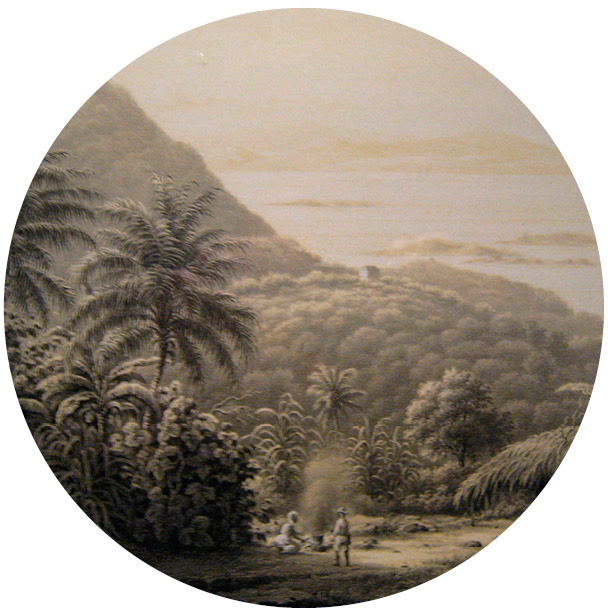
|
1779The Annaberg Sugar Plantation, centered on a hill overlooking Leinster Bay, becomes the largest industrialized plantation on the island. |
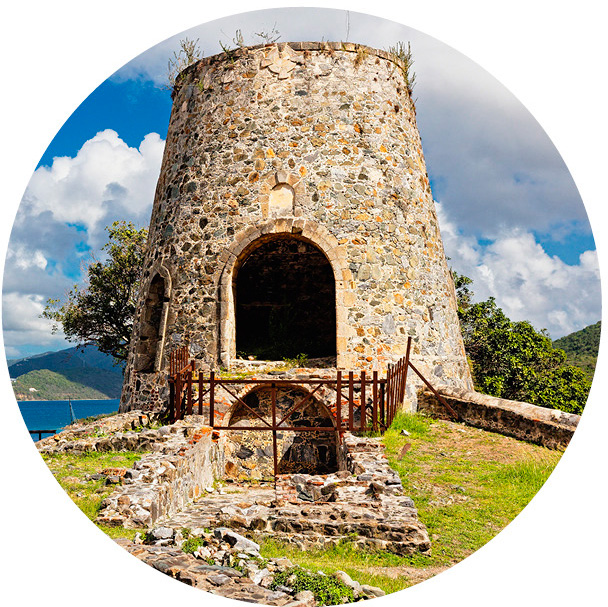
|
1848Slavery on the island is abolished by the Danish after rebellion on the nearby island of St. Croix, while revolutions foment in other parts of the world. |
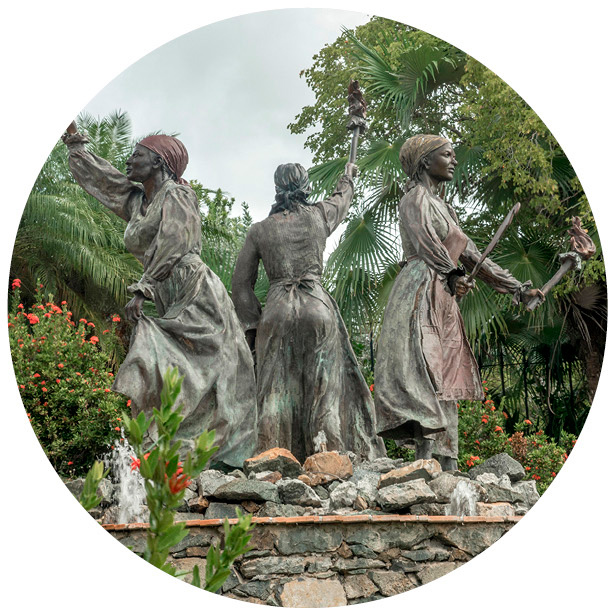
|
1917During World War I, the US purchases St. John for $25 million under the Treaty of the Danish West Indies. The US immediately establishes a naval base. |

|
1950sLaurance Rockefeller, who thought St. John was one of the most beautiful places he’d ever seen, acquires 5,000 acres (2,000 ha) of land and donates it to the US. |

|
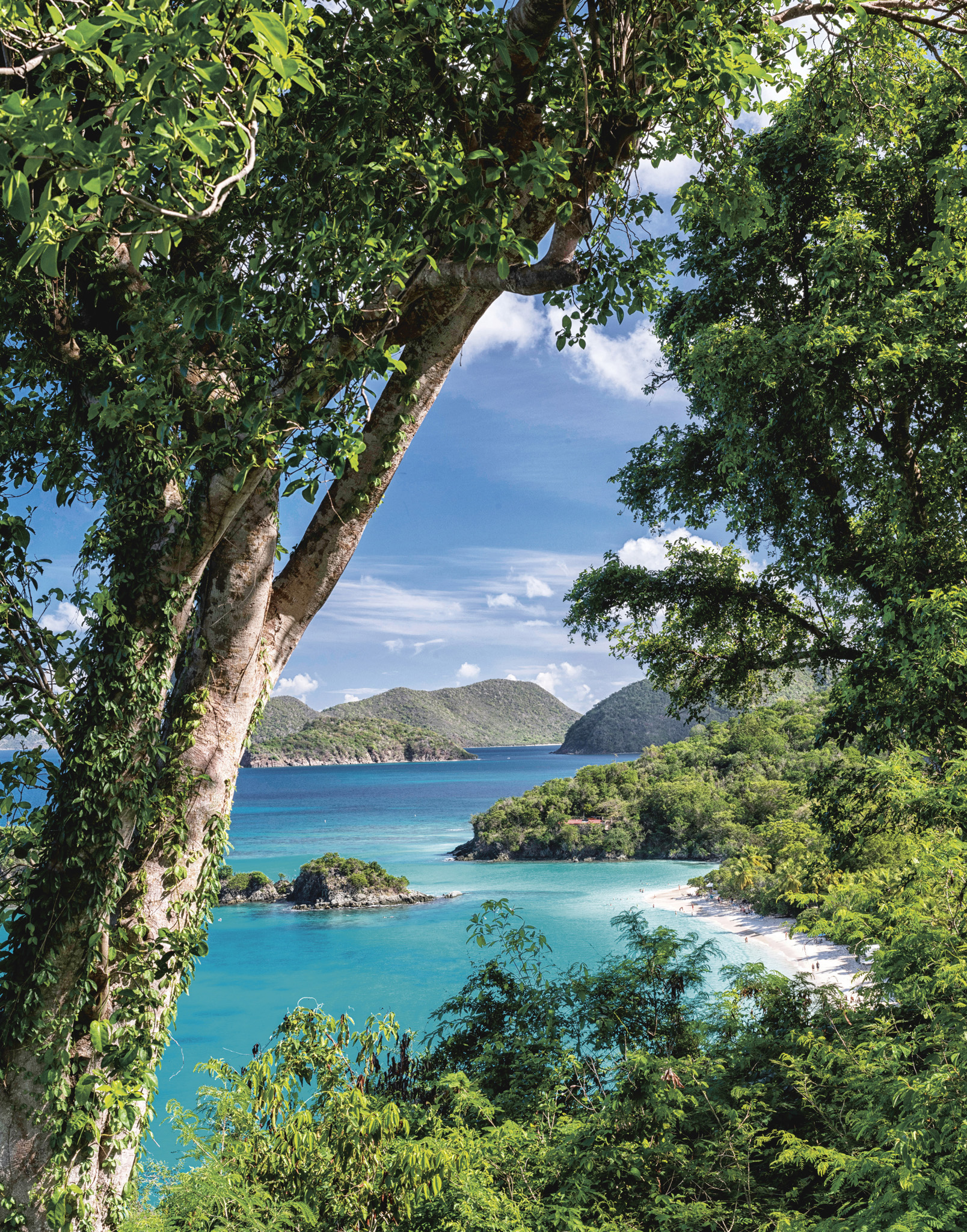
With its pure azure waters, Trunk Bay is a favorite of visitors to the island park
Did You Know?
Cars drive on the left-hand side of the road in the US Virgin Islands.
